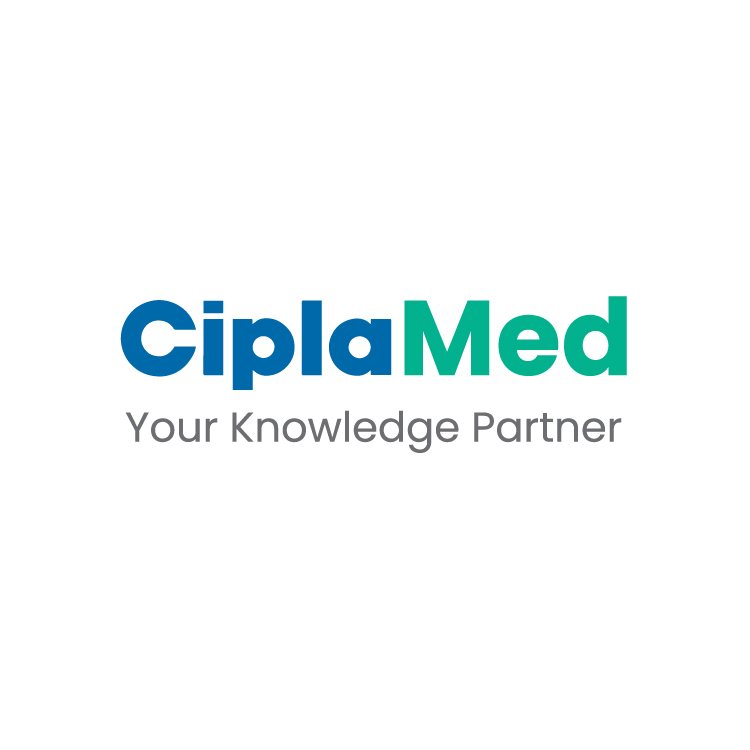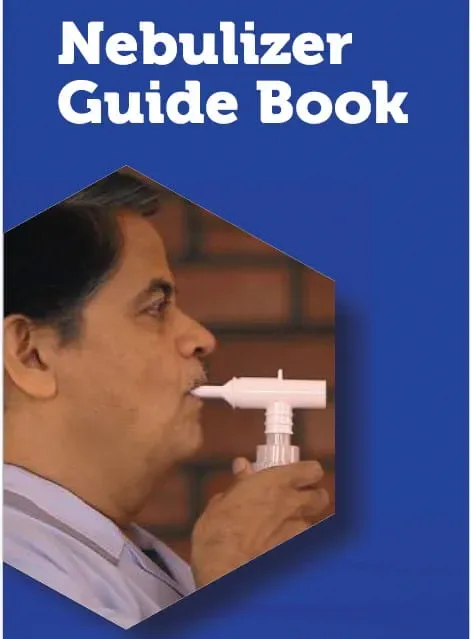Introduction:
Asthma commonly develops in childhood and remains a leading chronic respiratory disease. Early prediction of asthma risk can enhance clinical decision-making and improve long-term outcomes. This study aimed to develop a web-based tool to estimate a child’s risk of developing asthma by age 13 using longitudinal molecular and clinical data.
Methods:
- Cohort: Data were obtained from the Generation XXI (G21) birth cohort (n = 793), based in Porto, Portugal.
- Follow-up: Participants were assessed at ages 4, 7, 10, and 13.
- Key assessments: Allergen sensitization profiles at multiple ages.
- Prediction Model:
- Built using partial least squares (PLS) and logistic regression
- Incorporated both allergen sensitization and clinical predictors to model asthma development by age 13
- Tool Development:
- A web application named AsthmaSense was created using R Shiny framework.
- Allows real-time asthma risk prediction based on user input and allergen profile uploads
Results:
- User Inputs in AsthmaSense:
- Parental history of allergy (Yes/No)
- Early wheezing symptoms (Yes/No)
- Molecular allergen sensitization results (positive/negative) for panels at ages 4, 7, and 10
- Features:
- Main interface displays a list of allergen components with positive sensitization
- Risk percentages update dynamically based on uploaded data and user input
- Functionality: The application provides a personalized asthma risk prediction for each child by age 13
Conclusion:
AsthmaSense is a promising digital tool that combines molecular and clinical data for early asthma risk prediction in children. It may assist in identifying low-risk individuals and guide personalized monitoring. However, the model requires further refinement and external validation before routine clinical application.
European Academy of Allergy and Clinical Immunology 2025,13-16 June, Glasgow, United Kingdom




